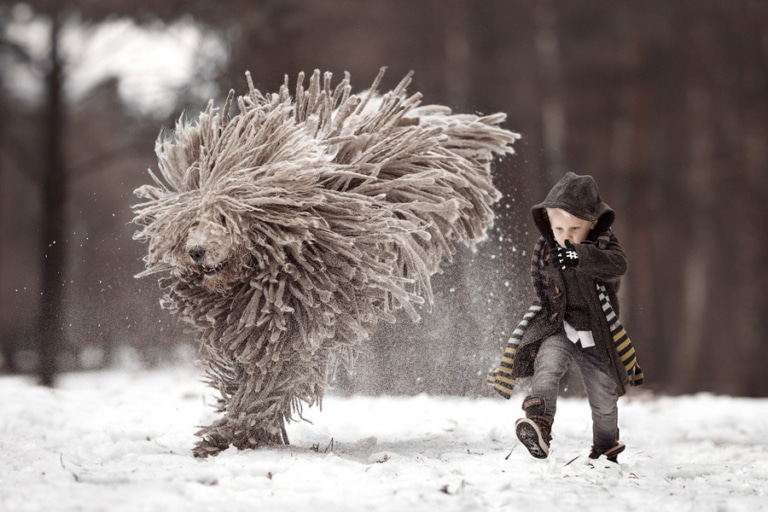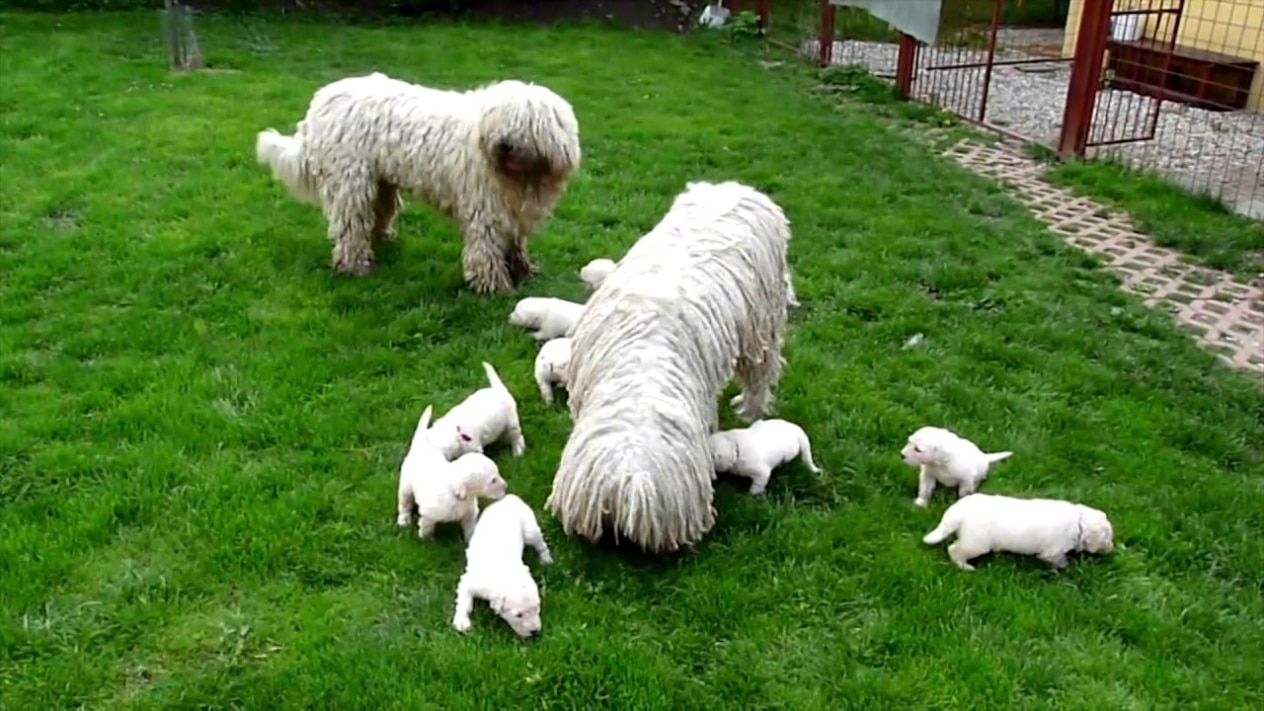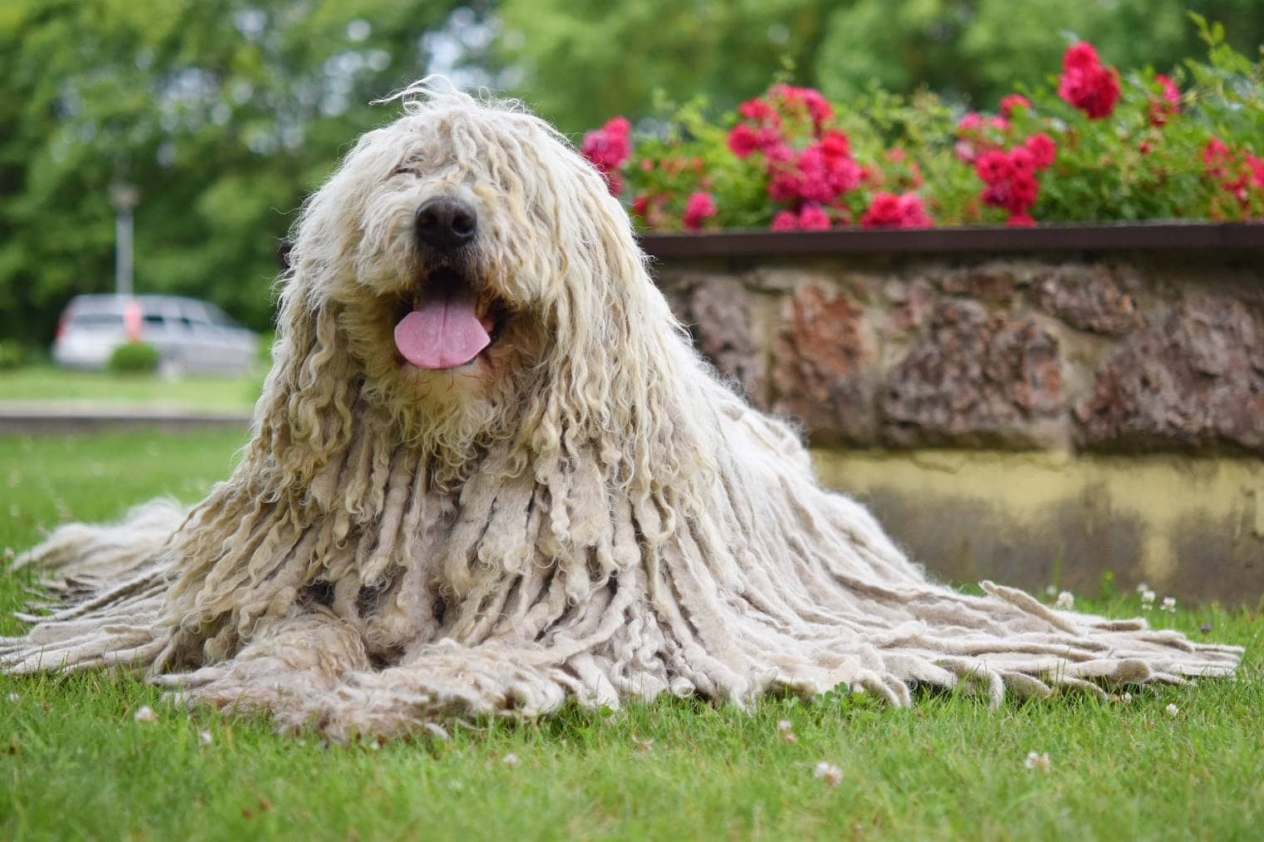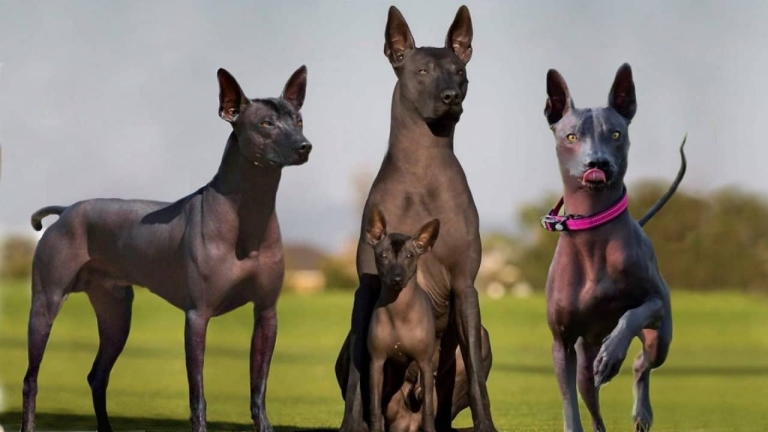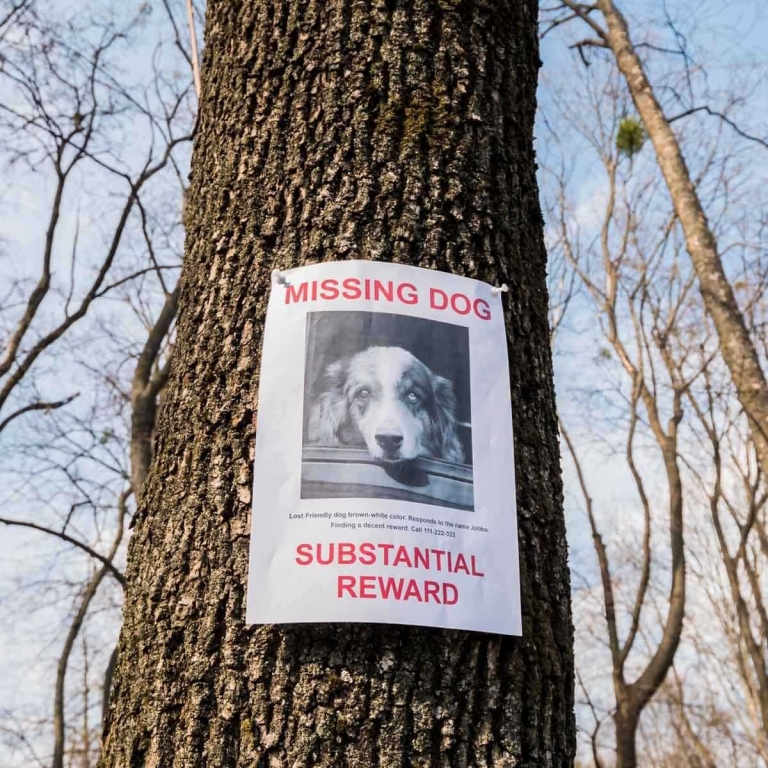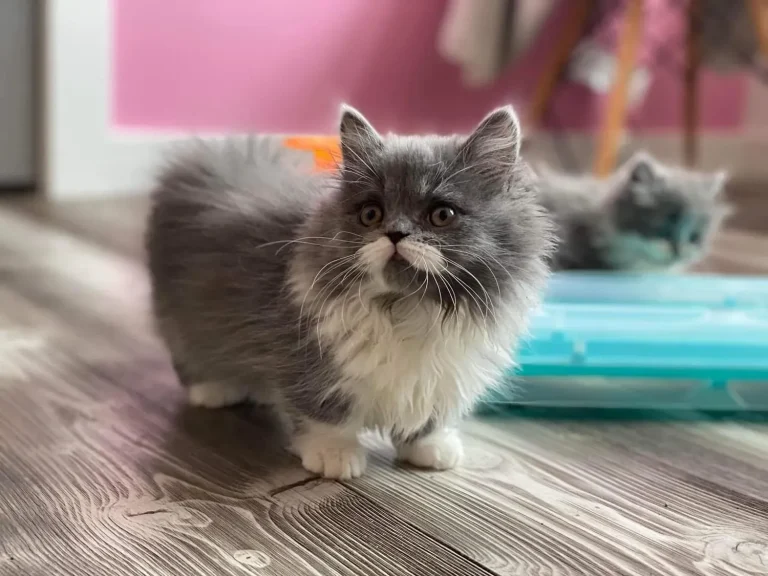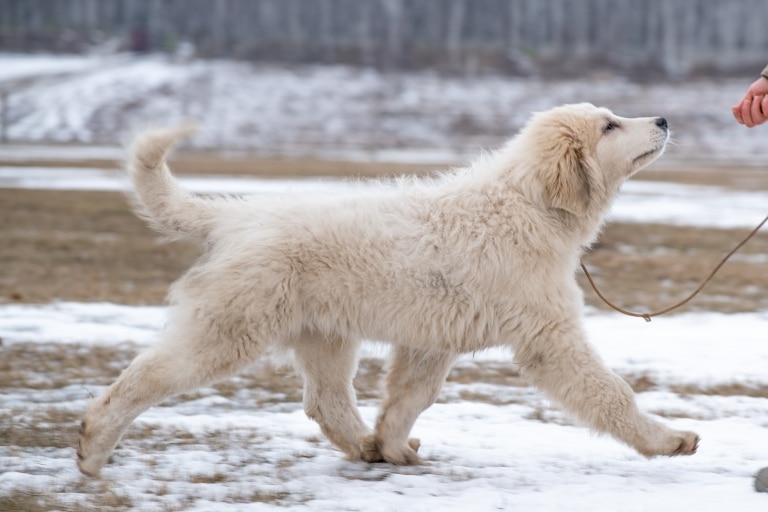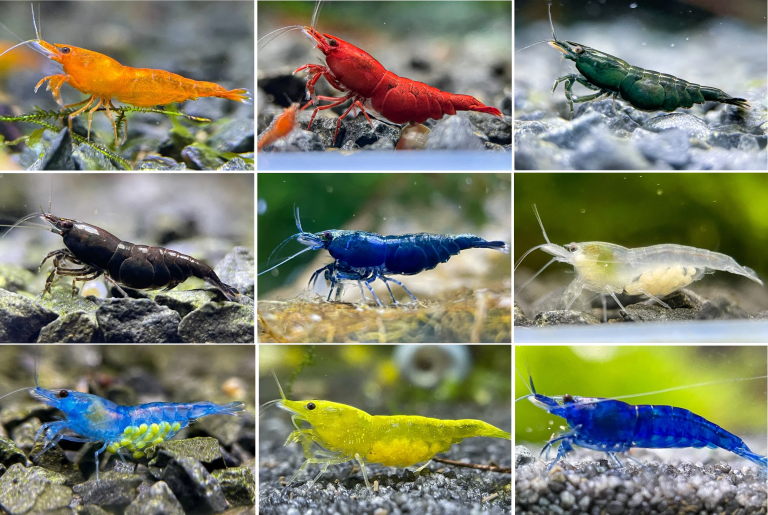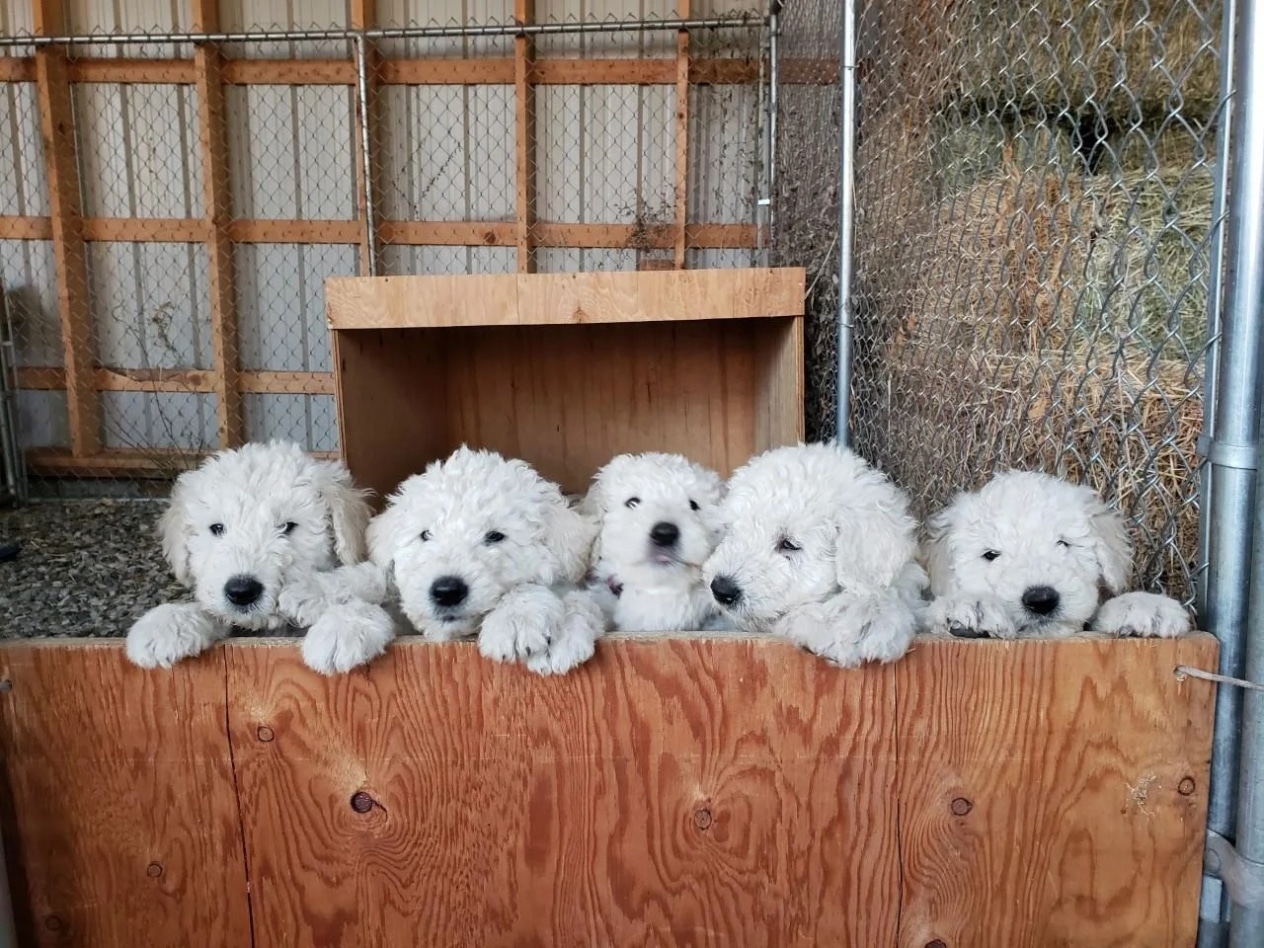
The Komondor, or Hungarian Shepherd, is one of the most recognizable dog breeds because it has a unique coat in the form of ivory dreadlocks. Despite the fact that the Komondor population around the world is quite small, grooming salons in Kyiv occasionally receive requests for grooming these dogs. Therefore, the topic that we will consider today will be of interest to both Komondor owners and those who are just on the way to adding a loyal friend to their family. Let’s not waste time and money to learn something new.
The history of the origin of the Komondors
The breed originated in Hungary, where it is still used to protect flocks of sheep and other livestock from predators such as wolves and bears. The first mentions of Komondors date back to the 13th century, when they were brought to Hungary by nomadic Magyar tribes. Dogs quickly became invaluable assistants to shepherds thanks to their loyalty, courage and ability to make independent decisions. Their special wool not only protected them from the harsh climatic conditions, but also made them almost invisible among the sheep, which helped them to patrol unnoticed and suddenly attack predators or thieves who dared to approach.
After World War II, Komondors began to gain popularity outside of Hungary. The breed was recognized by the International Cynological Federation. Due to their role in the agricultural life of Hungary, Komondors are part of the national heritage. Hungarian cynological organizations and breed enthusiasts are actively working on the preservation and popularization of Komondors.
Appearance of Komondors
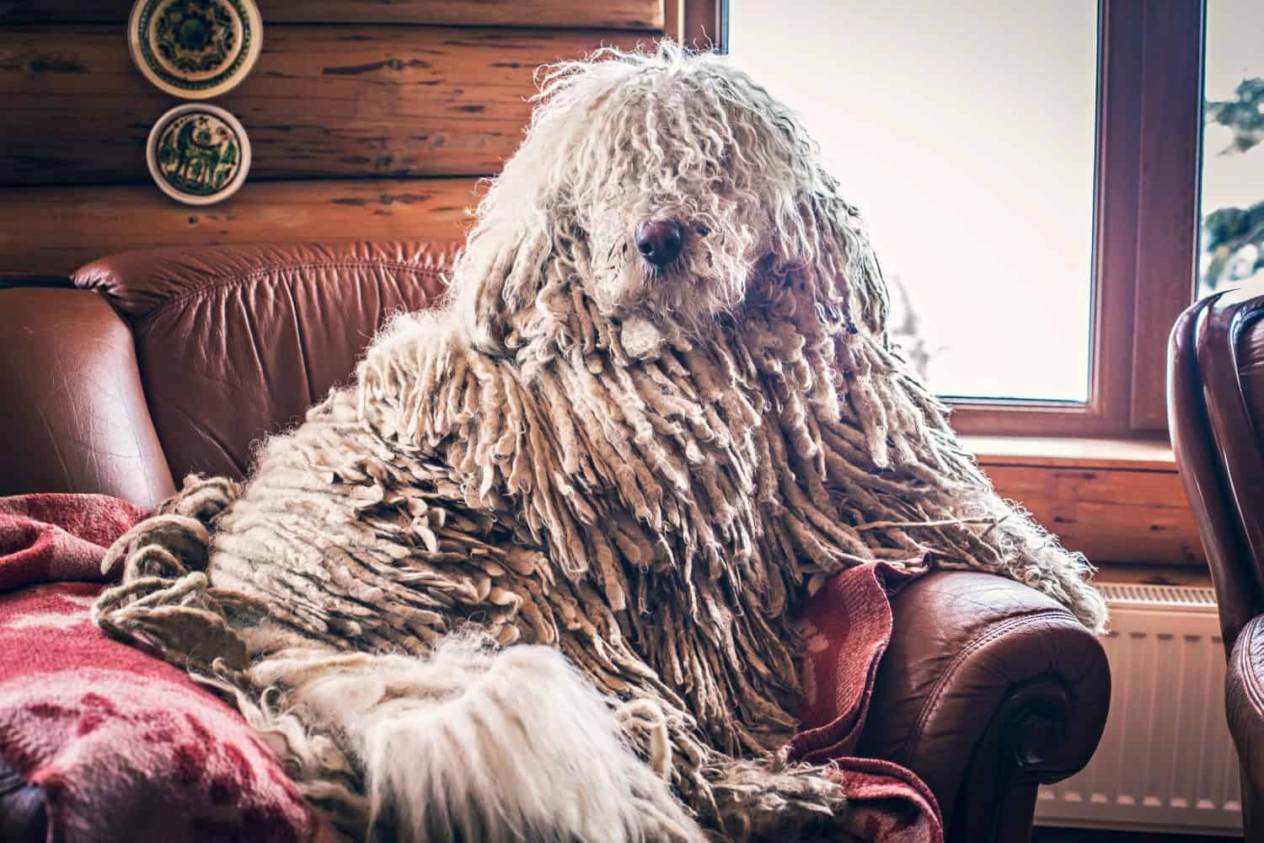
Komondors have a recognizable appearance. It’s all about the wool. It is long, heavy, resembles dreadlocks. Puppies do not immediately have such fur. From birth to 6 months, it is quite plump and soft. Only later does the wool begin to twist and form a single entity from the undercoat and the longer spine. Thus, in adulthood, the wool can protect the Komondor from the bites of predators and various weather conditions. It should be noted that the coat of the breed is exclusively white, more precisely ivory. This helps them blend in with the flock of sheep.
By standards, Komondors are classified as large dog breeds, because their average height is 65-80 cm, and their weight varies from 40 to 60 kg.
The character of the Komondors
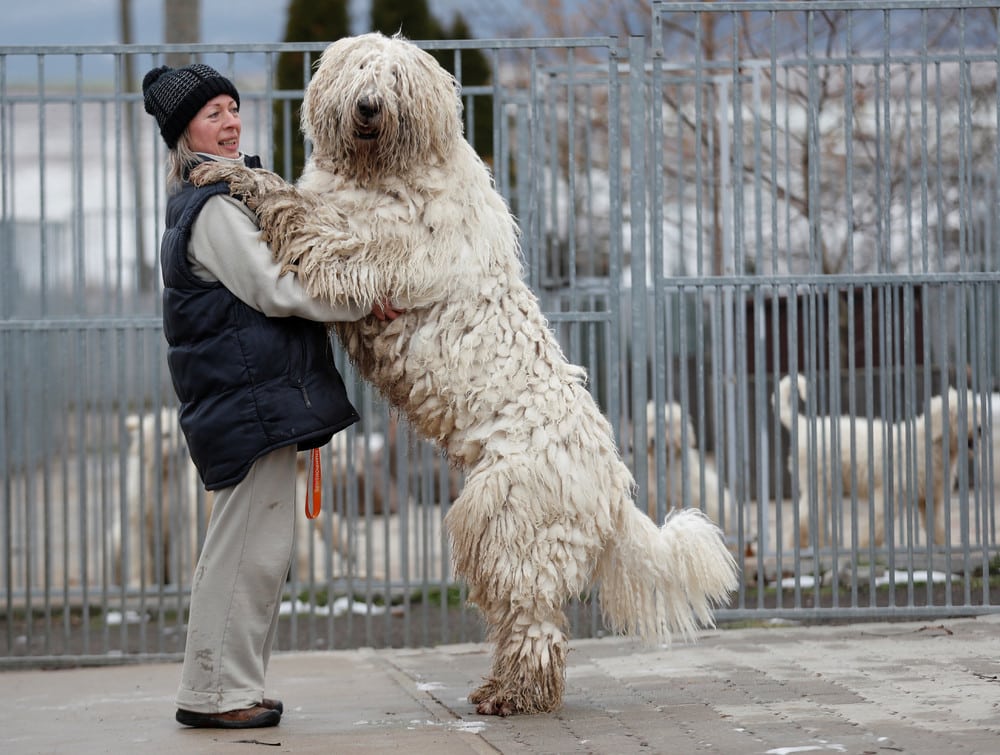
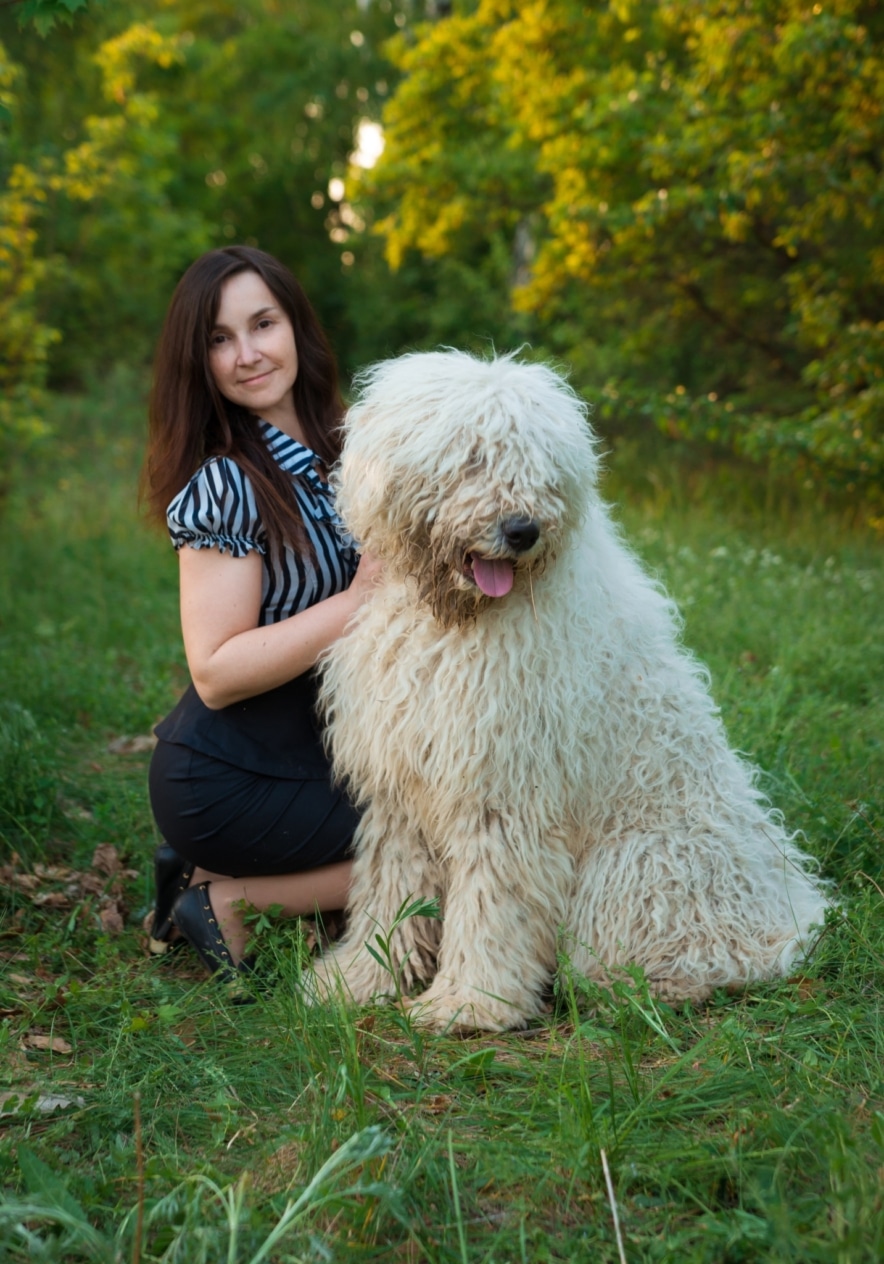

Komondors are loyal, intelligent, independent, with a strong protective instinct. They are born to feel threatened and this makes them invaluable guards. It takes a lot of time and attention to train them, as they can be stubborn and not always eager to follow commands. It is important to show them that you are a leader who can be trusted and obeyed.
Komondors tend to get along well with children, especially if they grew up together. However, the safety of small children should not be forgotten. Dogs are large and can unknowingly harm children during play or other activities.
Once you bring your Komondor puppy home, begin early socialization and consistent training right away. This is necessary so that he can learn to distinguish friends from enemies and be more manageable. Still, his independence and strong protective instinct can become a problem without proper attention: the Komondor from birth does not trust strangers and can be aggressive when it comes to threats to the family or his own territory. Consistent work with a dog trainer will help raise a calm and balanced puppy.
Komondor health
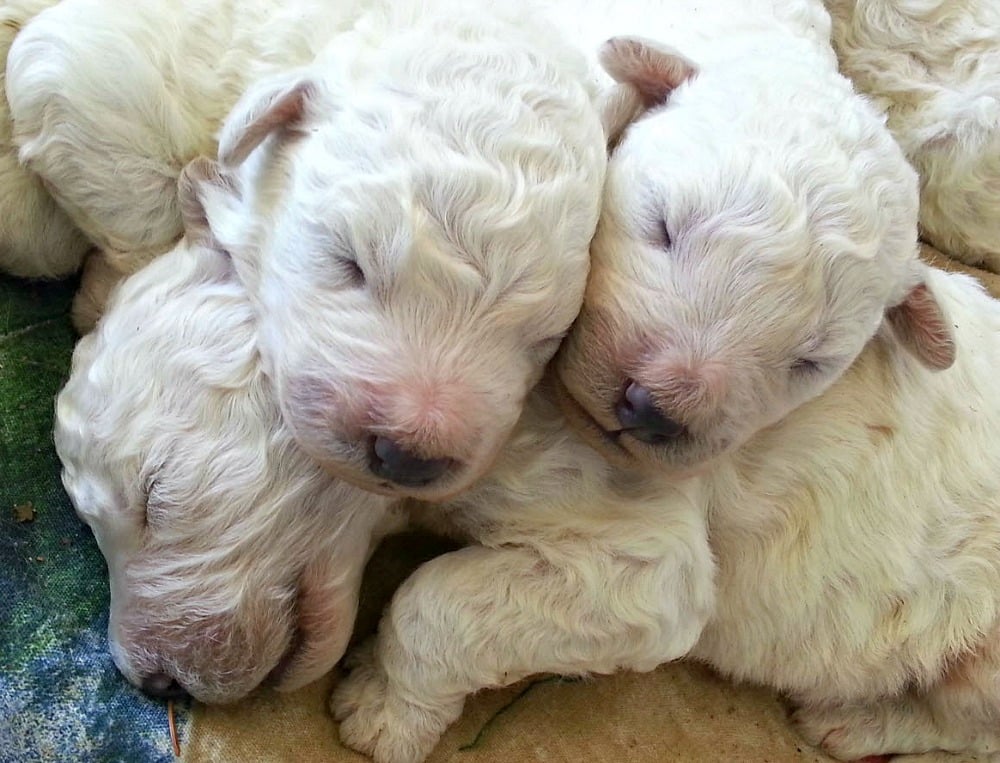
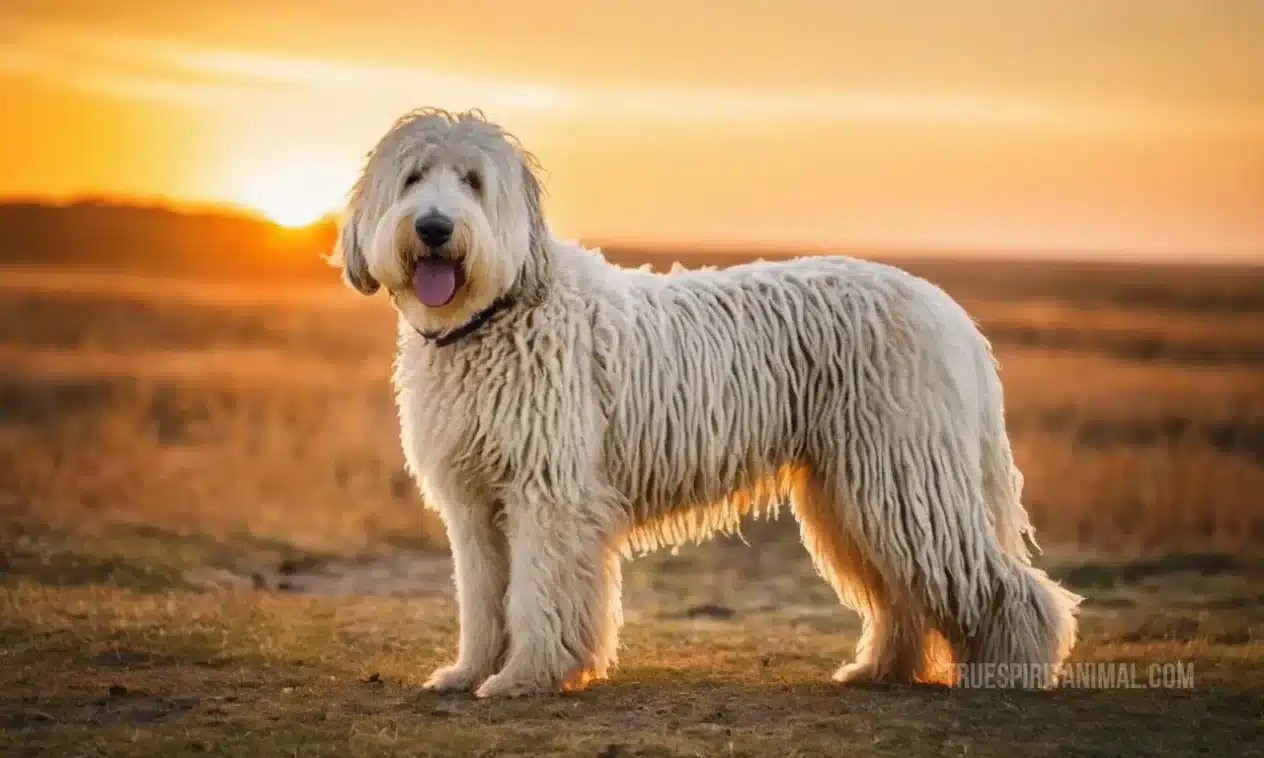
The most common problems include:
- dysplasia of the hip/elbow joint. These are inherited diseases that can lead to pain and arthritis.
- eye problems Komondors can be prone to cataracts and progressive retinal atrophy.
- skin problems Dirt and dirt can lead to skin irritations and infections.
- injuries and bone diseases. Large breeds, including Komondors, can be prone to such diseases as osteochondritis and panositis. These diseases can cause pain and discomfort, so it is important to ensure proper nutrition and control of physical activity.
The above-mentioned diseases can be hereditary, develop due to unfavorable care conditions or the influence of external factors. It is important to regularly visit the veterinarian for timely diagnosis and treatment of any problems, provide the dog with a balanced diet, sufficient physical activity and appropriate care for the coat and skin. Vaccination against major infectious diseases and regular prevention of parasites such as fleas, ticks and worms also help to avoid additional problems.
Komondor Grooming
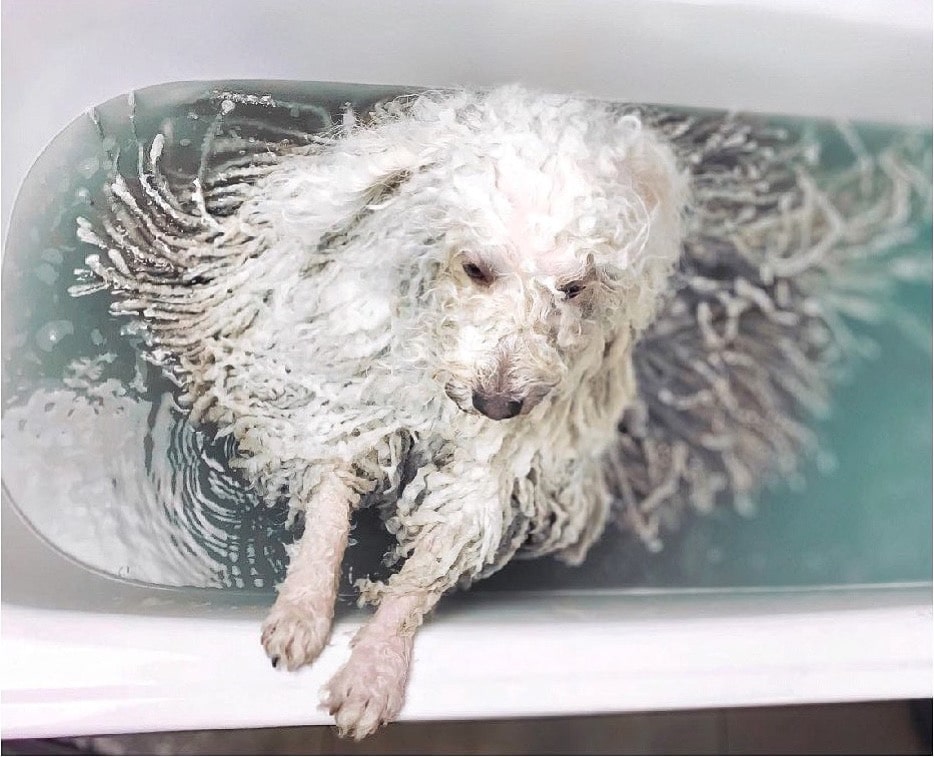
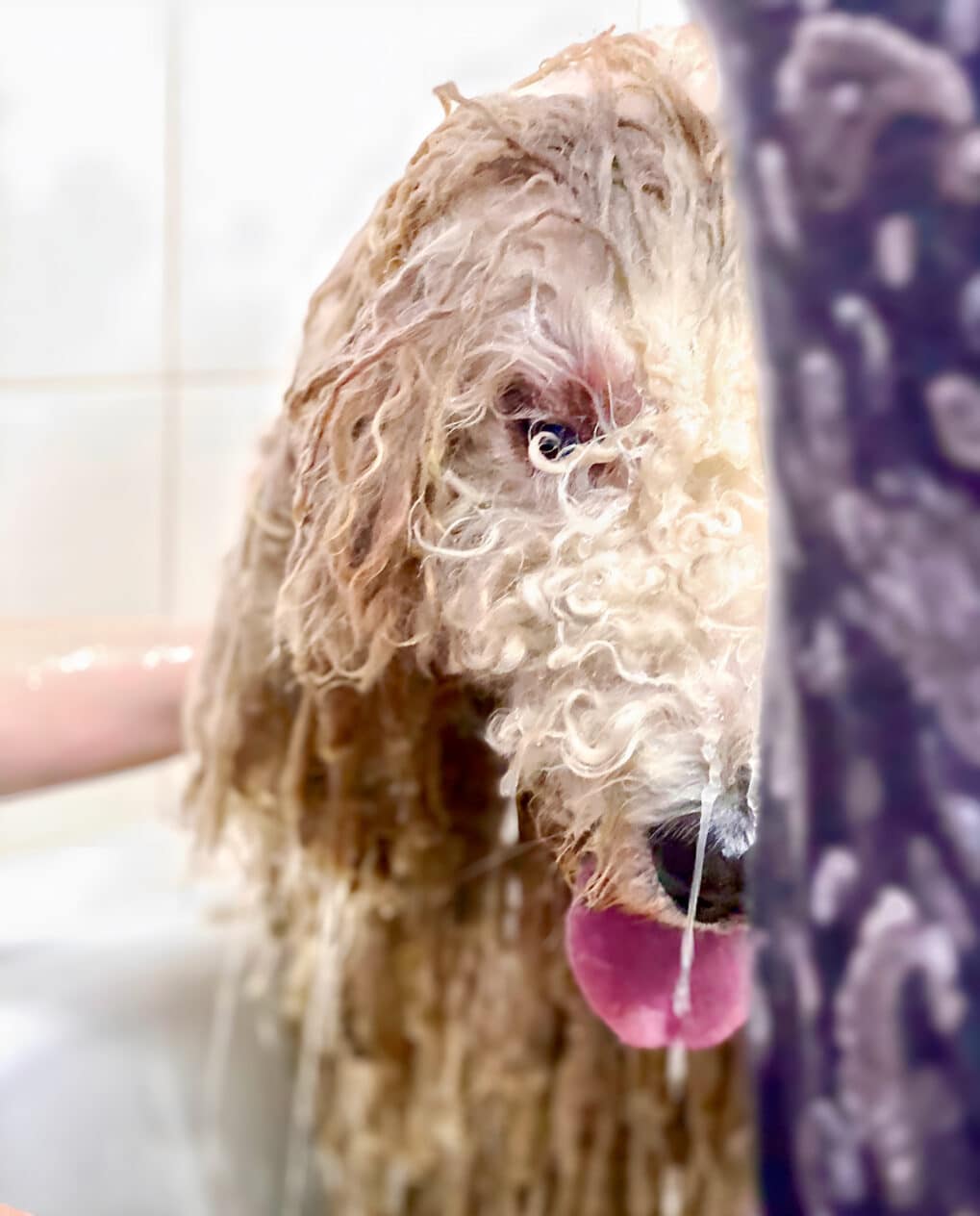
Komondor wool requires special care. It consists of two layers: a thick undercoat and a long spine, which together form continuous dreadlocks. They need to be periodically separated with your fingers to prevent the formation of blisters and to ensure ventilation of the skin. Considering that an adult Komondor has about 2,000 dreadlocks, the procedure may take some time, but regularity will help keep the coat in good condition. Do not avoid this procedure in any case, because the tangling of the dreadlocks will lead to a trip to the grooming salon for a haircut, where the wool will simply be shaved off and the Komondor will lose its unique look and charm.
Since the wool is not combed, dirt and debris can collect on it after walks. It is important to periodically wash the Komondor (somewhere once every few months) and dry the coat well. For this, towels are first used to remove the main moisture, and then a hair dryer at a low temperature. It is important not to leave the wool wet, as this can lead to the development of fungal infections.
Regular ear cleaning is as important to prevent infections as brushing your teeth is to maintaining oral health. Also, monitor the condition of the claws. They should not twist, break, peel, or cause discomfort.
Clipping is optional, but some owners choose to clip their dogs for ease of grooming or in case of mange. For a komondor haircut, it is better to contact a groomer who knows the specifics of caring for this breed.
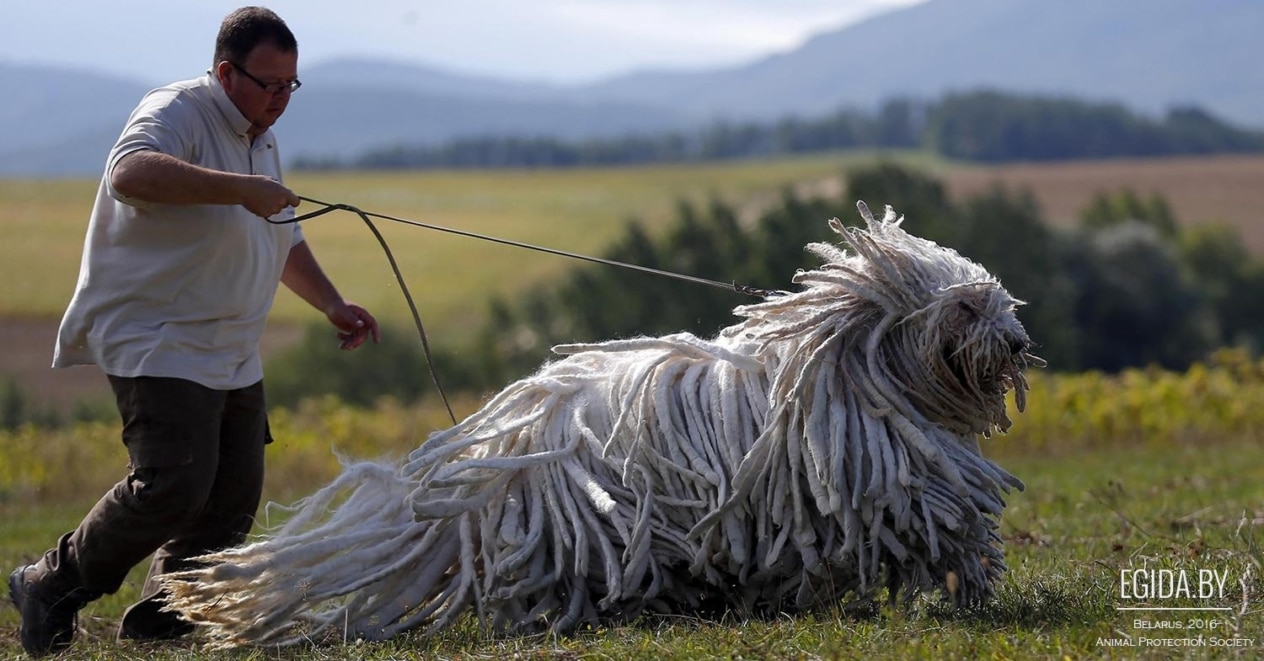
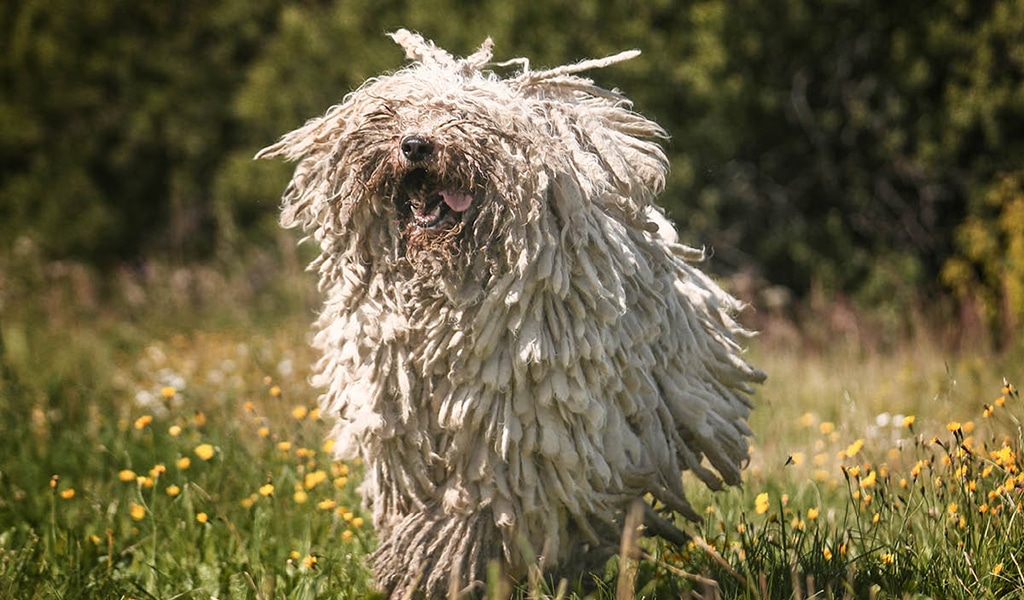
The chain of grooming salons “V.O.G DOG” will gladly help you take care of the Komondor’s appearance and provide recommendations to facilitate home care.

